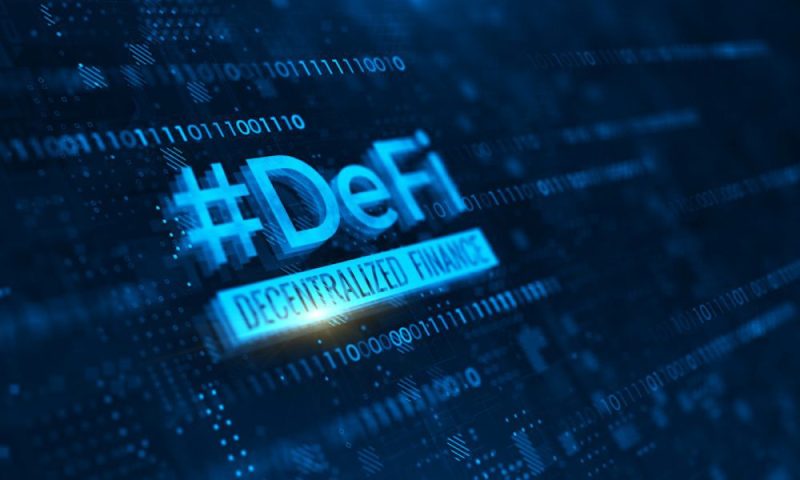Decentralized Finance, commonly known as De-Fi, is one of the most disruptive technological innovations of recent years. It is a system that leverages blockchain technology to provide financial services without intermediaries, such as banks. The De-Fi ecosystem has grown exponentially in the past few years, with the total value locked in De-Fi protocols reaching over $100 billion. This article explores how De-Fi is changing the financial landscape and the role of NFTs in De-Fi.
De-Fi: A New Era of Financial Services
De-Fi is a new era of financial services that allows anyone with an internet connection to access financial services, such as lending, borrowing, and trading, without the need for a financial intermediary. This is achieved through the use of blockchain technology, which ensures that all transactions are transparent and secure. In De-Fi, anyone can participate in the financial ecosystem, regardless of their location, financial status, or the amount of money they have.
Also Read: Sberbank Launches Decentralized Finance Platform in Russia
De-Fi’s Impact on the Financial Landscape
De-Fi has the potential to disrupt the traditional financial industry in many ways. For example, De-Fi can reduce the cost of financial services, increase transparency, and improve financial inclusion. By leveraging blockchain technology, De-Fi eliminates the need for intermediaries, such as banks, which often charge high fees for their services. This reduces the cost of financial services, making them more affordable and accessible to everyone.
Moreover, De-Fi protocols are open-source, which means that anyone can access and audit the code. This increases transparency and trust in the financial system, as anyone can verify the transactions and ensure that there is no foul play.
De-Fi also has the potential to improve financial inclusion. In traditional finance, many people, especially those in developing countries, do not have access to financial services due to the high cost and lack of infrastructure. With De-Fi, anyone with an internet connection can access financial services, regardless of their location or financial status.
The Role of NFTs in De-Fi
NFTs, or non-fungible tokens, are a type of digital asset that is unique and cannot be replicated. NFTs are used in various industries, including art, gaming, and sports. In De-Fi, NFTs have several use cases, such as collateralization and liquidity provision.
Collateralization: NFTs can be used as collateral in De-Fi lending protocols. This means that NFT owners can borrow money against their NFTs without selling them. The NFTs act as collateral, and if the borrower fails to repay the loan, the lender can sell the NFTs to recover their funds.
Also Read: Bitcoin Seen as Solution to Limit Government Corruption:Human Rights Foundation Chief
Liquidity Provision: NFTs can also be used to provide liquidity in De-Fi protocols. In automated market makers (AMMs), liquidity providers deposit two different tokens into a liquidity pool to earn fees on trading. With the help of NFTs, liquidity providers can deposit a single token into the pool, reducing the complexity of providing liquidity and increasing flexibility.
De-Fi is a game-changer for the financial industry, providing financial services that are affordable, transparent, and accessible to everyone. The De-Fi ecosystem is growing at an unprecedented rate, and with the help of NFTs, it is becoming more innovative and diverse. De-Fi and NFTs are paving the way for a decentralized future, where anyone can participate in the financial ecosystem, regardless of their background or financial status.



